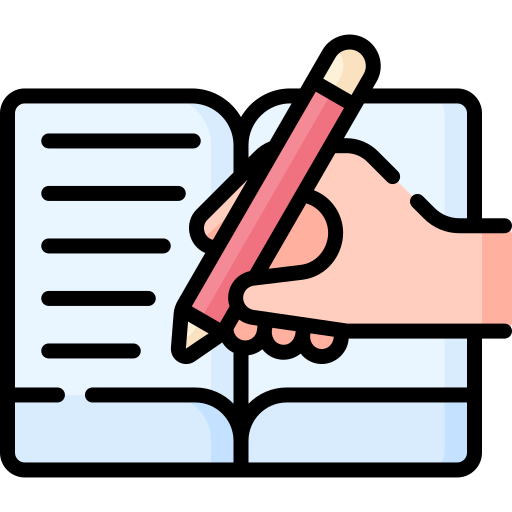Overcoming Writer’s Block
Writer’s block is a challenge that every writer faces at some point, whether they are seasoned authors or beginners taking their first creative steps. It can feel frustrating, discouraging, and even paralyzing when the words simply won’t come. But writer’s block is not a sign of failure—it’s a natural part of the creative process. By understanding its causes and exploring practical strategies, writers can learn to overcome it and rediscover the joy of storytelling.
Understanding Writer’s Block
Before tackling the problem, it’s important to understand what writer’s block really is. It’s not just a lack of ideas. Often, writer’s block stems from deeper issues such as perfectionism, fear of failure, external stress, or simply mental fatigue. When writers expect every sentence to be brilliant on the first try, the pressure can silence creativity. Recognizing that writing is a process with messy drafts and revisions can be the first step toward breaking free.
Shifting the Mindset
One of the most effective ways to beat writer’s block is to reframe how we think about writing. Instead of aiming for flawless prose, focus on progress. Words on the page, even imperfect ones, are better than a blank screen. Remind yourself that creativity thrives on experimentation and mistakes. By letting go of the need for perfection, writers create the mental space needed to keep moving forward.
Practical Strategies to Get Unstuck
Every writer develops personal methods for overcoming blocks, but certain approaches are widely effective.
Use Writing Prompts
Prompts can jump-start creativity by providing a starting point. A single word, a phrase, or even an image can unlock new ideas and spark a story.
Change the Environment
Sometimes the block isn’t about the story itself but about routine. Writing in a different space—a park, a café, or even another room—can refresh the mind and inspire new perspectives.
Set Small Goals
Large projects can feel overwhelming. Breaking them into smaller, manageable goals helps reduce pressure. Instead of writing an entire story in one sitting, aim to complete a single paragraph or scene.
Freewriting
Freewriting is a technique where you write continuously for a set amount of time without worrying about grammar, structure, or quality. This exercise bypasses self-criticism and often reveals hidden ideas.
Managing the Inner Critic
Writer’s block often grows louder because of the inner critic, that voice in the mind that says the writing isn’t good enough. While constructive self-editing is valuable, silencing the critic during the drafting stage is essential. One useful practice is to separate writing sessions from editing sessions. Write first, edit later. By doing so, writers give themselves permission to create freely without judgment.
The Role of Rest and Inspiration
Sometimes, the best way to overcome writer’s block is not to force writing at all. Creativity can’t thrive under constant stress. Taking breaks, reading books, watching films, or engaging in other creative activities can replenish inspiration. Stepping away from the desk is not wasted time—it’s part of the creative process.
Building a Routine
Consistency is a powerful tool against writer’s block. By establishing a regular writing routine, even for short daily sessions, writing becomes a habit rather than a chore. A routine signals to the brain that it’s time to focus, and over time, this discipline reduces the likelihood of prolonged creative droughts.
Seeking Community and Support
Writing does not have to be a solitary struggle. Sharing experiences with other writers can provide encouragement and accountability. Communities, whether online or in-person, remind writers that they are not alone in facing blocks. Sometimes, hearing how others push through difficulties can be the spark that reignites personal motivation.
Embracing the Journey
Ultimately, writer’s block is not an enemy to be feared but a challenge to be understood and managed. Every writer encounters it, and every writer can overcome it. By shifting perspective, practicing strategies, and showing patience with the creative process, storytelling becomes not only possible again but deeply rewarding.

